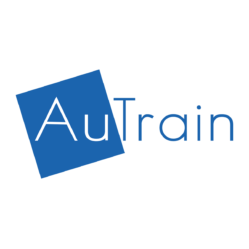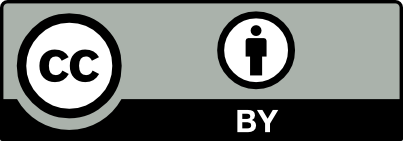11:30 – 12:00
Wrap up- Learn more
Discuss and Overview 1
Discuss and Overview 2
References & Resources
Questions? Goodbye & Thanks
#8. Wrap up the session by summarizing the main points of it and monitoring partici-pants learning; give information for them to learn more
Note: Present slides number 59 and 60
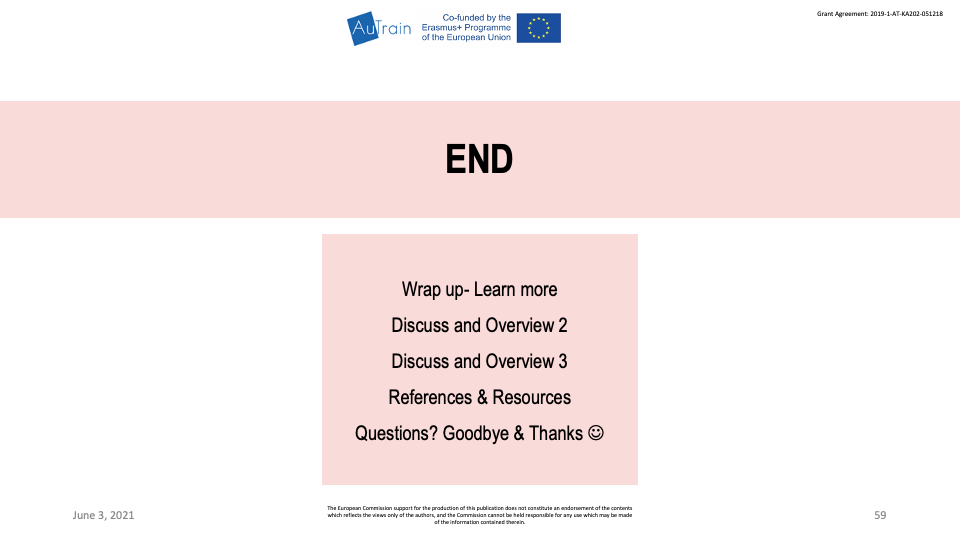
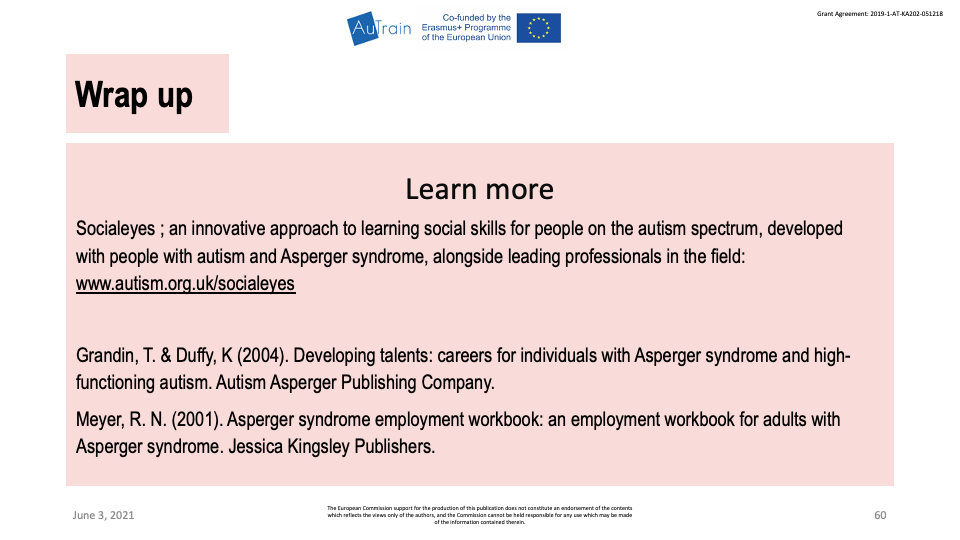
Introduce learn more:
Socialeyes ; an innovative approach to learning social skills for people on the autism spectrum, developed with people with autism and Asperger syndrome, alongside leading professionals in the field: www.autism.org.uk/socialeyes
Grandin, T. & Duffy, K (2004). Developing talents: careers for individuals with Asperger syndrome and high-functioning autism. Autism Asperger Publishing Company.
Meyer, R. N. (2001). Asperger syndrome employment workbook: an employment workbook for adults with Asperger syndrome. Jessica Kingsley Publishers
#9. Present Discuss and Overview 1 & 2
Note: Present slide number 61

In groups, discuss any experiences you might have had in your workplace, dealing with demanding, dissatisfied, or aggressive clients. How did you handle those situations? Could any of the strategies you employed be suitable for dealing with people with ASD?
Discuss your experiences with other groups.
Note: Present slide number 62
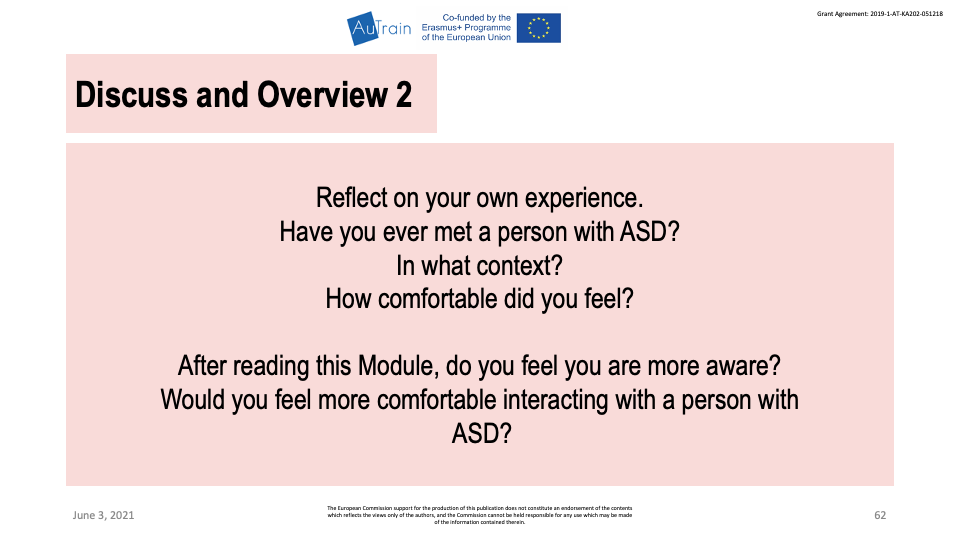
Reflect on your own experience. Have you ever met a person with ASD? In what context? How comfortable did you feel?
#10. Introduce References & Resources
Note: Present slides number 63 to 65
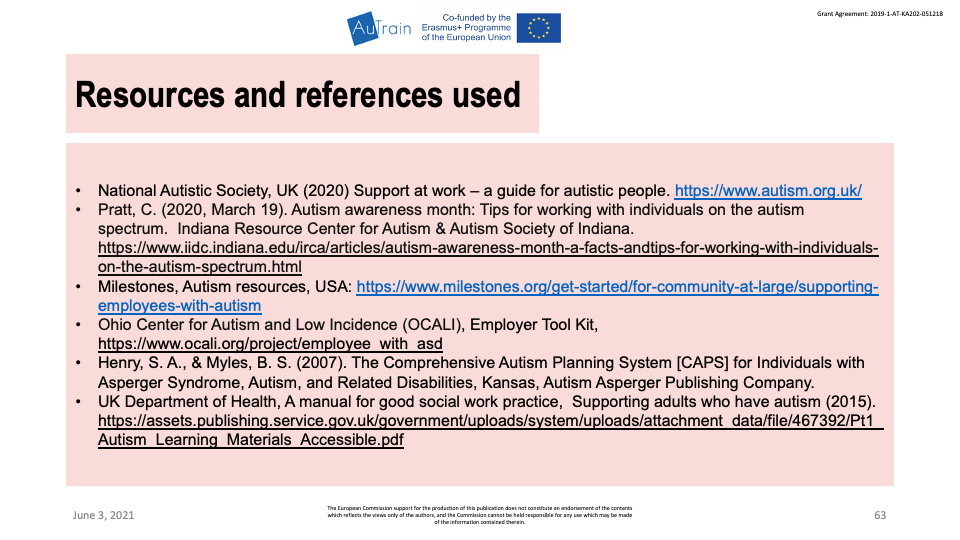
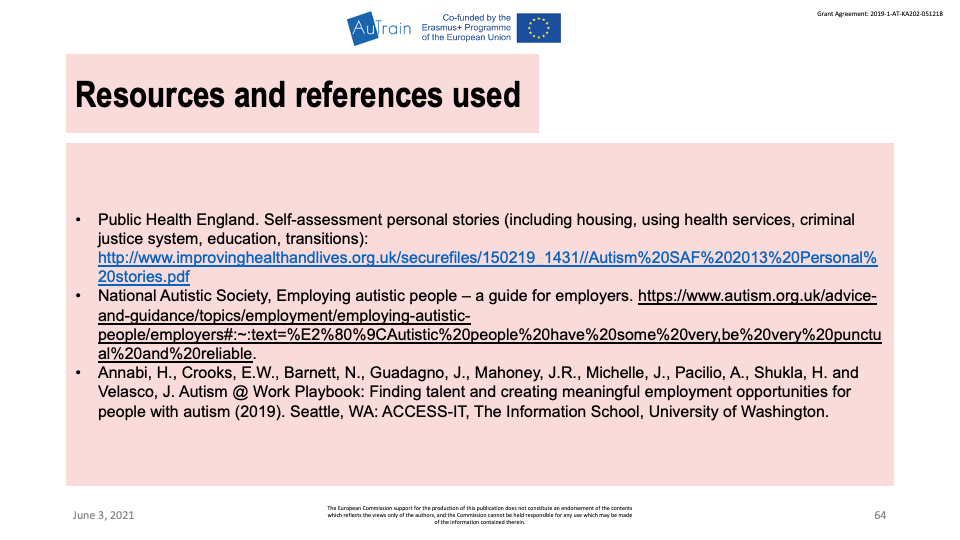
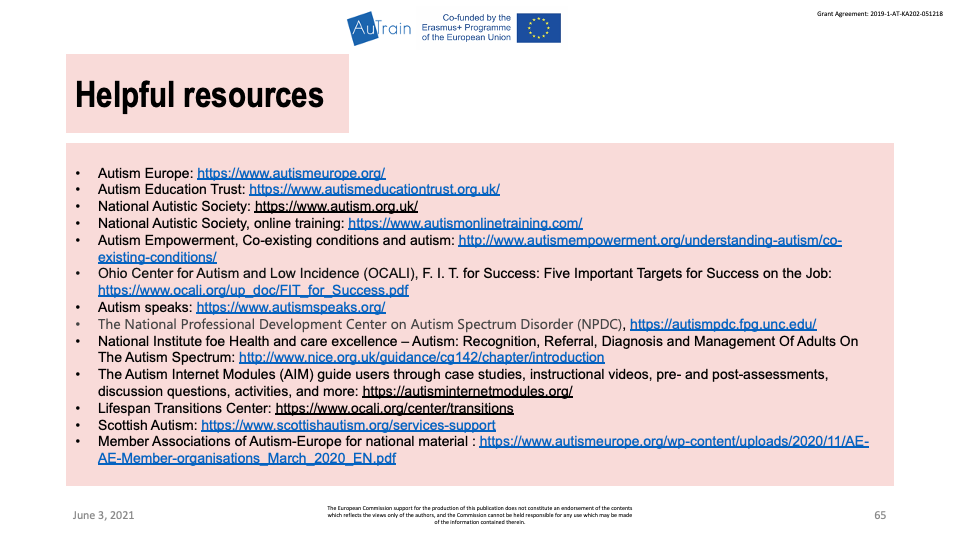
Resources and references used
- National Autistic Society, UK (2020) Support at work – a guide for autistic people. https://www.autism.org.uk/
- Pratt, C. (2020, March 19). Autism awareness month: Tips for working with individuals on the autism spectrum. Indiana Resource Center for Autism & Autism Society of Indiana. https://www.iidc.indiana.edu/irca/articles/autism-awareness-month-a-facts-andtips-for-working-with-individuals-on-the-autism-spectrum.html
- Milestones, Autism resources, USA: https://www.milestones.org/get-started/for-community-at-large/supporting-employees-with-autism
- Ohio Center for Autism and Low Incidence (OCALI), Employer Tool Kit, https://www.ocali.org/project/employee_with_asd
- Henry, S. A., & Myles, B. S. (2007). The Comprehensive Autism Planning System [CAPS] for Individuals with Asperger Syndrome, Autism, and Related Disabilities, Kansas, Autism Asperger Publishing Company.
- UK Department of Health, A manual for good social work practice, Supporting adults who have autism (2015). https://assets.publishing.service.gov.uk/government/uploads/system/uploads/attachment_data/file/467392/Pt1_Autism_Learning_Materials_Accessible.pdf
- Public Health England. Self-assessment personal stories (including housing, using health services, criminal justice system, education, transitions): http://www.improvinghealthandlives.org.uk/securefiles/150219_1431//Autism%20SAF%202013%20Personal%20stories.pdf
- National Autistic Society, Employing autistic people – a guide for employers. https://www.autism.org.uk/advice-and-guidance/topics/employment/employing-autistic-people/employers#:~:text=%E2%80%9CAutistic%20people%20have%20some%20very,be%20very%20punctual%20and%20reliable.
- Annabi, H., Crooks, E.W., Barnett, N., Guadagno, J., Mahoney, J.R., Michelle, J., Pacilio, A., Shukla, H. and Velasco, J. Autism @ Work Playbook: Finding talent and creating meaningful employment opportunities for people with autism (2019). Seattle, WA: ACCESS-IT, The Information School, University of Washington.
Helpful resources
- Autism Europe: https://www.autismeurope.org/
- Autism Education Trust: https://www.autismeducationtrust.org.uk/
- National Autistic Society: https://www.autism.org.uk/
- National Autistic Society, online training: https://www.autismonlinetraining.com/
- Autism Empowerment, Co-existing conditions and autism: http://www.autismempowerment.org/understanding-autism/co-existing-conditions/
- Ohio Center for Autism and Low Incidence (OCALI), F. I. T. for Success: Five Important Targets for Success on the Job: https://www.ocali.org/up_doc/FIT_for_Success.pdf
- Autism speaks: https://www.autismspeaks.org/
- The National Professional Development Center on Autism Spectrum Disorder (NPDC), https://autismpdc.fpg.unc.edu/
- National Institute foe Health and care excellence – Autism: Recognition, Referral, Diagnosis and Management Of Adults On The Autism Spectrum: http://www.nice.org.uk/guidance/cg142/chapter/introduction
- The Autism Internet Modules (AIM) guide users through case studies, instructional videos, pre- and post-assessments, discussion questions, activities, and more: https://autisminternetmodules.org/
- Lifespan Transitions Center: https://www.ocali.org/center/transitions
- Scottish Autism: https://www.scottishautism.org/services-support
- Member Associations of Autism-Europe for national material : https://www.autismeurope.org/wp-content/uploads/2020/11/AE-AE-Member-organisations_March_2020_EN.pdf
#10. Questions? Goodbye & Thanks for coming
Note: Present slides number 66 and 67

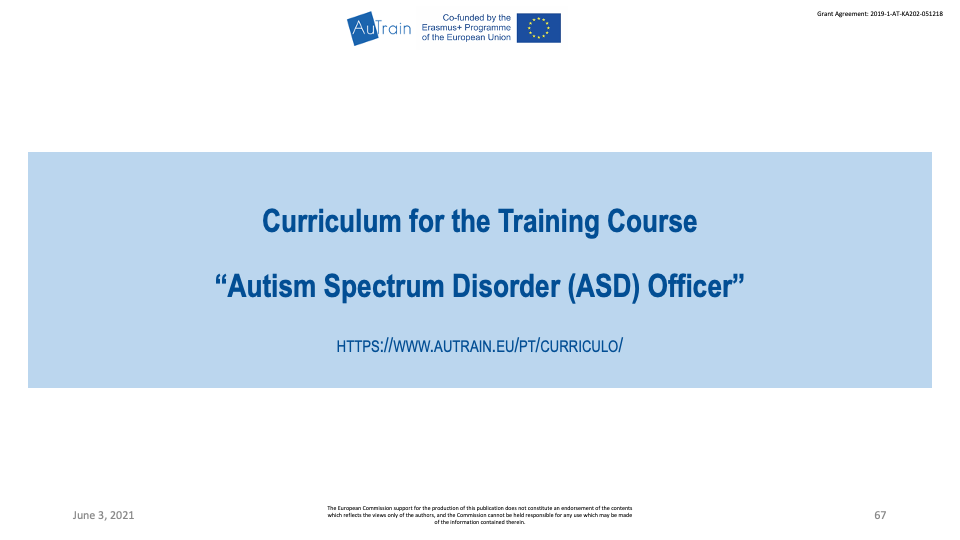
Ask for any question participants may have. As you intentionally say goodbye, give participants a sense of purpose through making meaning of their hardships and accomplishments within the module. Empower them by reminding them of the skills and strengths they possess now about inclusion and friendly language.
Reflection
In the end of the module write a reflection on what occurred during the process. Concerning the participants’ learning, the activities, the organisation, etc.
